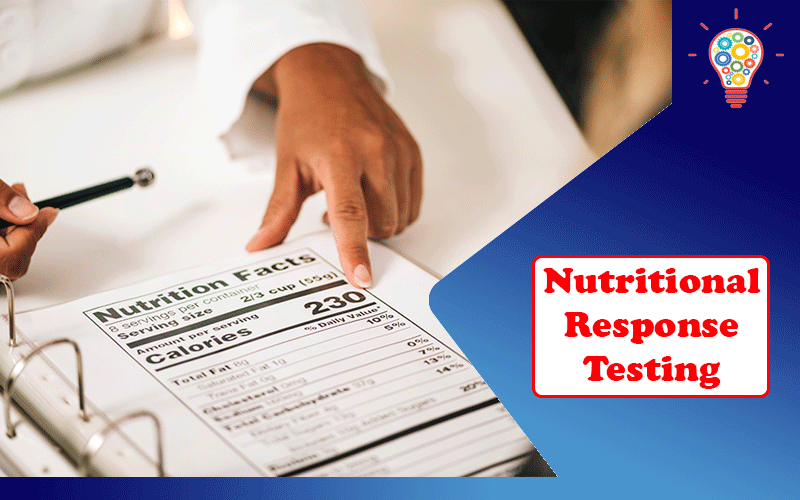Health is a major concern for many individuals, and with rising food costs, stagnant real wages, and increasing work hours, it can be hard to make all the healthy decisions one should make. Unfortunately, not enough people have time for exercise, and diet often becomes neglected, which eventually leads to illness and disease.
As a result, a new system of measuring organ dysfunction and nutritional deficiencies has been developed, one which has been delivering promising results for those who use it. Through the remainder of this article, we will examine this new system, called nutrition response testing, what it is, how it works, and what users can expect to gain from it.
Table of Contents
What Is Nutrition Response Testing?
In short, Nutrition Response Testing is a very accurate way of examining the body for organ dysfunction and nutritional deficiencies. It does so by measuring the body’s physiological response to stimuli by making contact with specific acupuncture points on the body. If there is some sort of stressors, such as nutritional deficiency, toxicity, damage, or immune system issues, the response will be weak and low energy.
Once this non-invasive diagnostic technique has been completed, the practitioner will review the results and use them to make a personalized health plan. This health plan, when properly followed, will allow users to regain control of their health and restore their body to their natural state.
What Are The Steps In Nutrition Response Testing
Although this diagnostic method may seem interesting to many, very few individuals know how it is carried out. Below we will examine the step-by-step process by which the nutritional response method is carried out. It is important to note that these steps may vary slightly depending on the practitioner, but most will follow what is listed here.
Analysis: The first step in the process is the analysis phase. This step is carried out by testing the body’s neurological reflexes by applying pressure to specific acupuncture points in the body. For those who are not aware, the location of acupuncture points are derived from traditional Chinese medicine, which has been practiced for thousands of years. These points are located on meridian lines throughout the body, running from one’s head to their toes.
Results Collection: After performing the necessary pressure tests, the practitioner will take careful note of every tested acupuncture point where a weak response was detected. By doing this, it gives them the ability to go back after and make a proper assessment, which will allow them to develop a personalized plan for remedying the observed issues.
Testing: The third and perhaps most interesting portion for many people, involves using proven dietary formulas to test the response of different acupuncture points. For example, if a practitioner noticed a very weak response on a certain point, they would give the patient concentrated doses of certain dietary supplements or formulas to see if it causes any response from the area in question. Suppose the formula does produce some kind of result. In that case, it can be concluded that the organ or tissue in question is weak because it lacks a particular mineral, protein, or other bioactive substance.
Diet Assessment: The final step is a complete dietary assessment. Here, the practitioner will do a review of the patient’s current diet in conjunction with the results of the pressure tests and the response of dietary formulas. Once this has been complete, the patient will be directed to make changes in their diet and will also be prescribed a set of supplements that are meant to turn the weak responses into strong responses.
Conclusion
Although still relatively unknown, nutritional response therapy is an effective tool in identifying and treating nutritional deficiency and organ toxicity. One of the major advantages this method has is it is entirely non-invasive. Not only does it not require any surgery, but it does not involve any blood work, testing, or x-rays. The only thing a practitioner requires is the knowledge of acupuncture pressure points, which organs they correspond to, and the ability to create and administer dietary formulas.
Other than that, the body does the rest of the work. The human body is very good at knowing what it needs, and when it responds well to a particular dietary formula, it is a sign that it is lacking in whatever constitutes the formula.
You may also be interested in How Long Does It Take to Start Building Muscle?
 Author Bio
Author Bio
Michael Dehoyos is a health writer and editor at Academic Brits. Throughout his career, he has covered a wide array of health topics, always on the lookout for new and exciting procedures still ignored by the mainstream health authorities.

